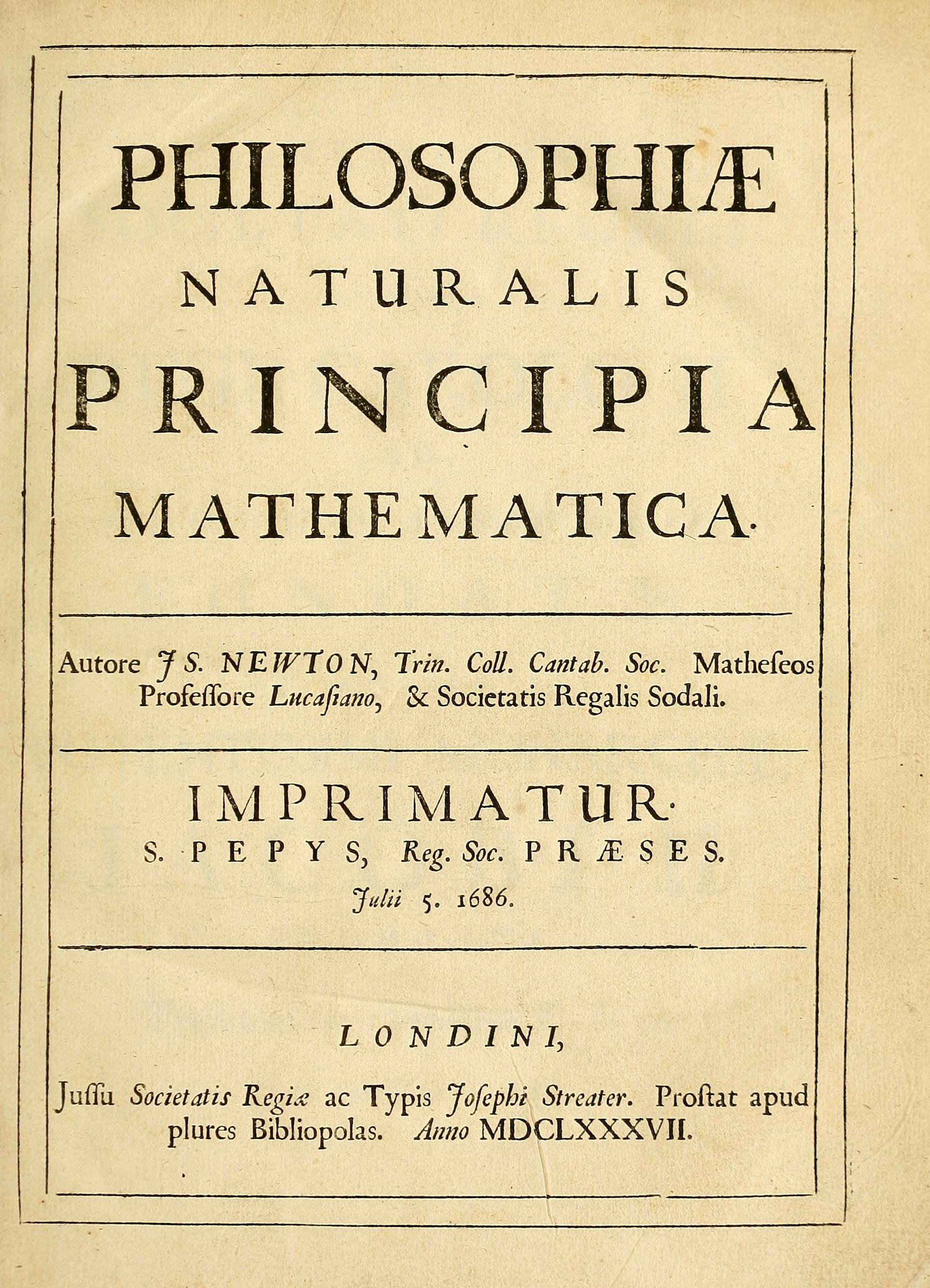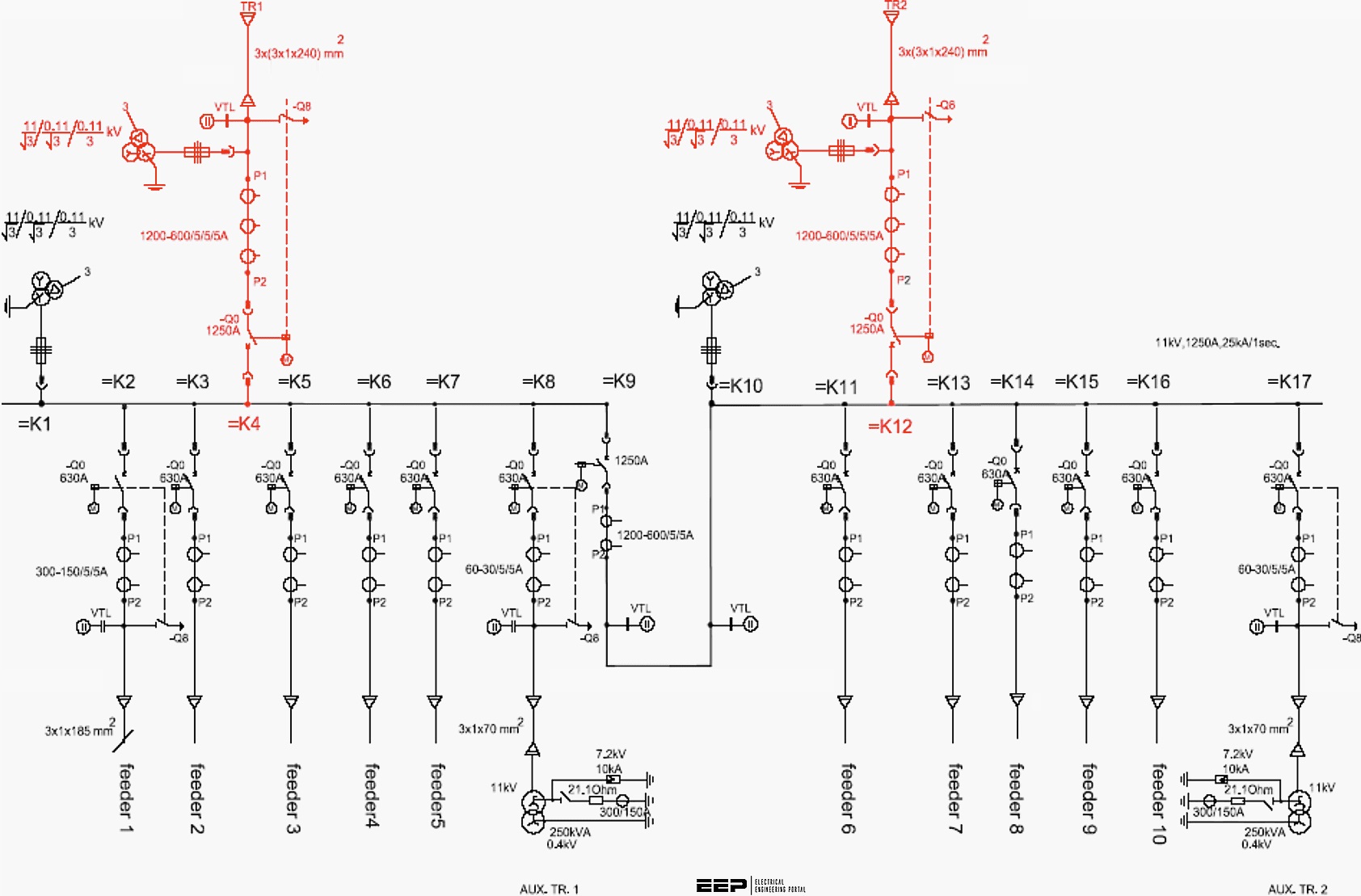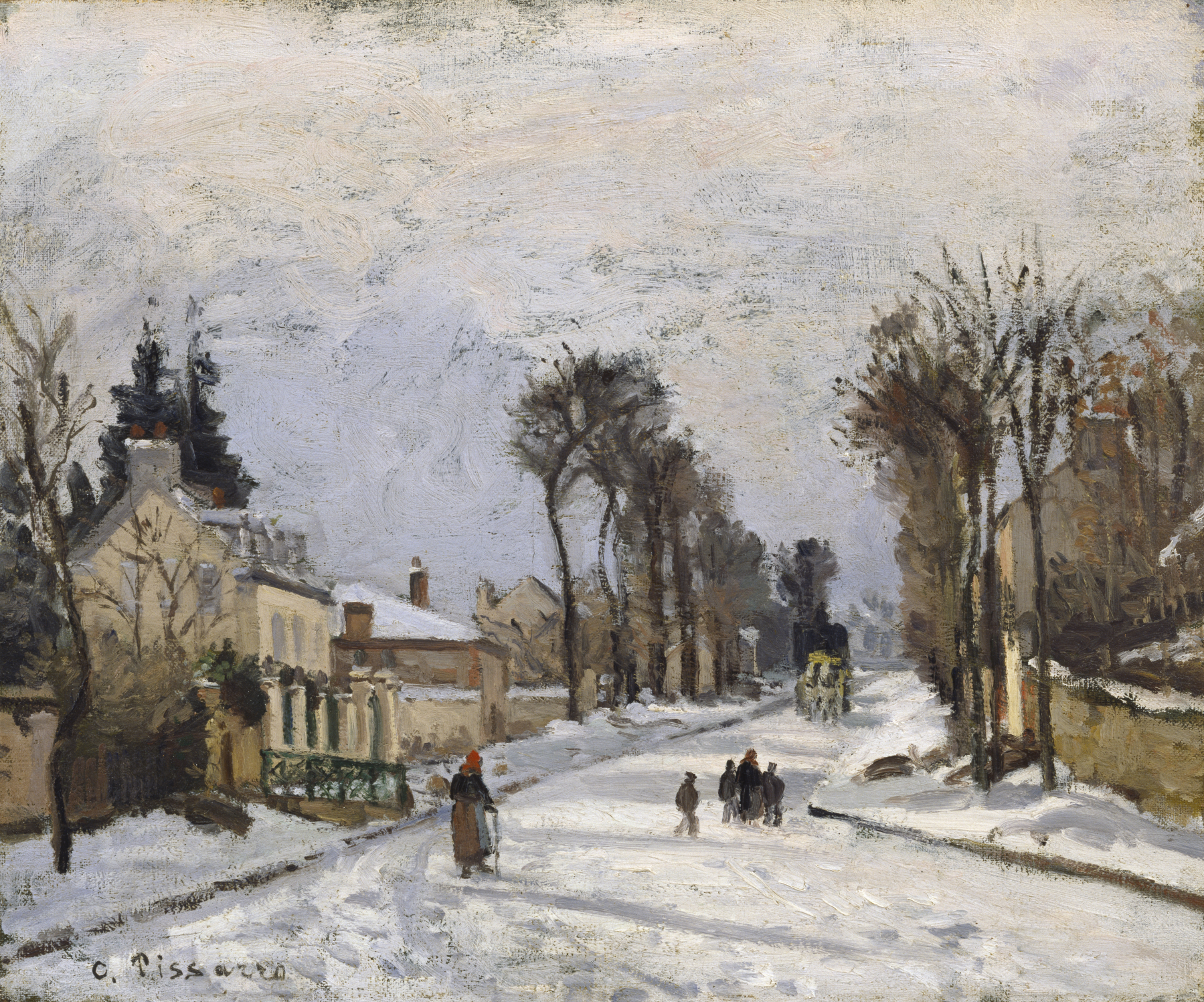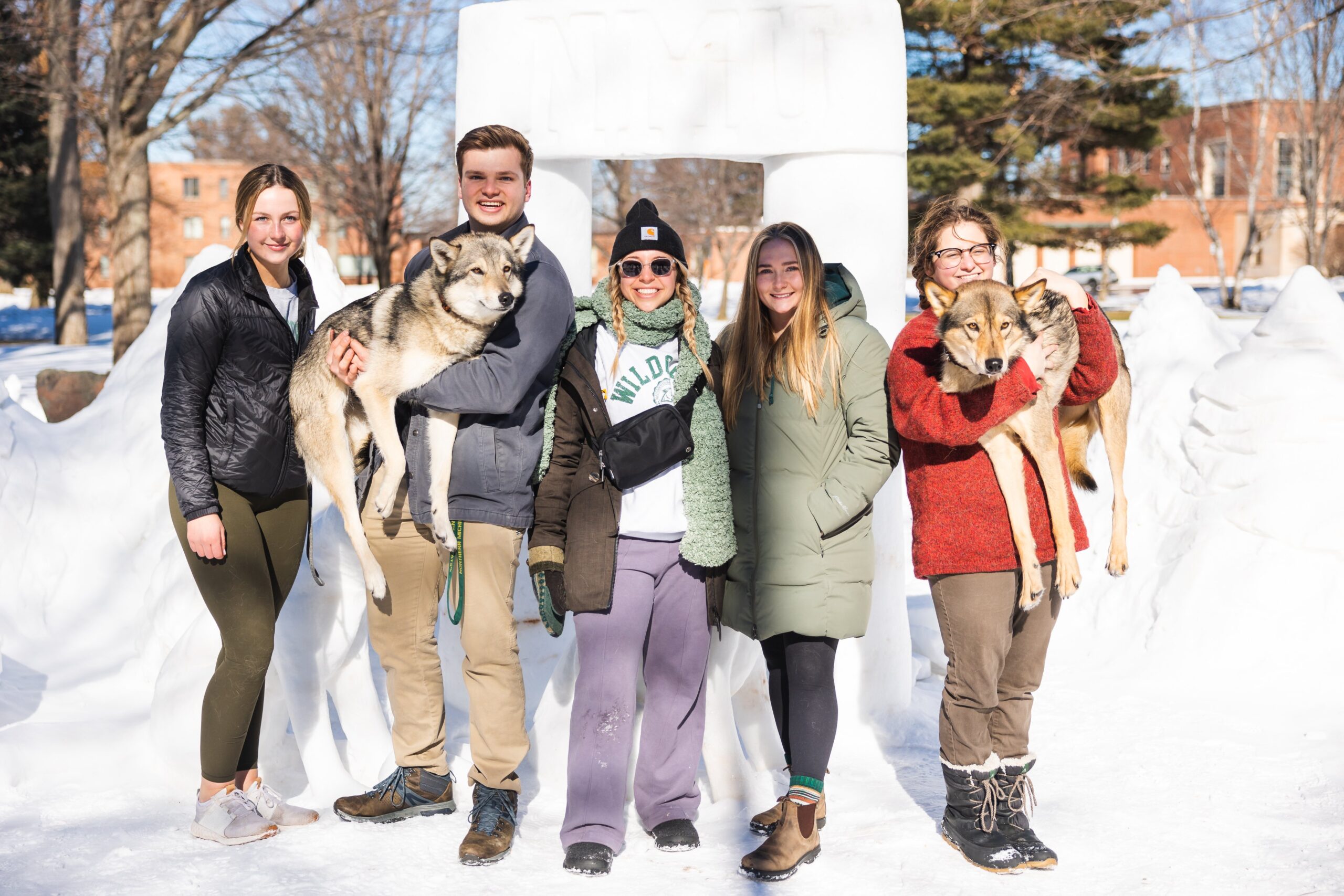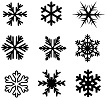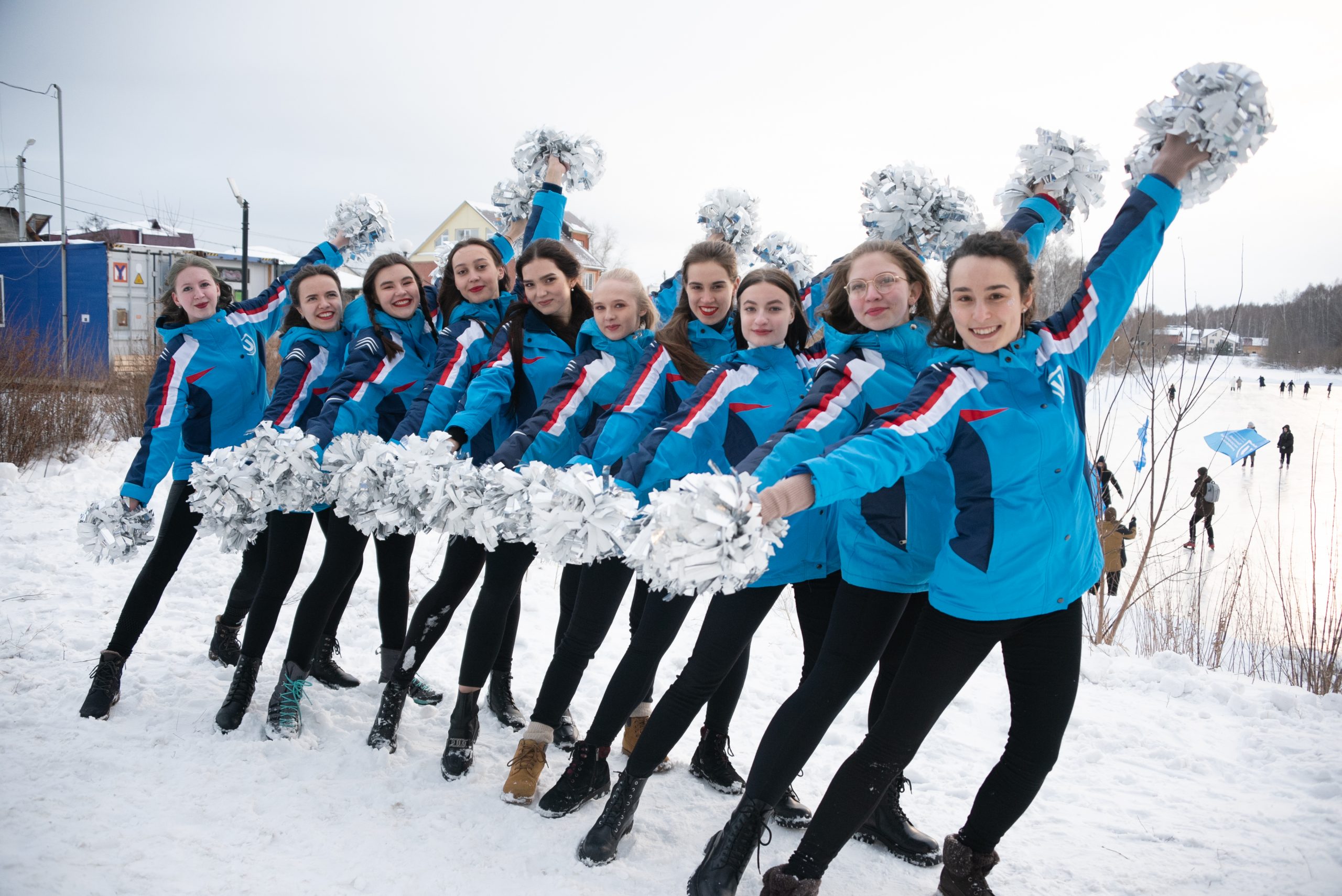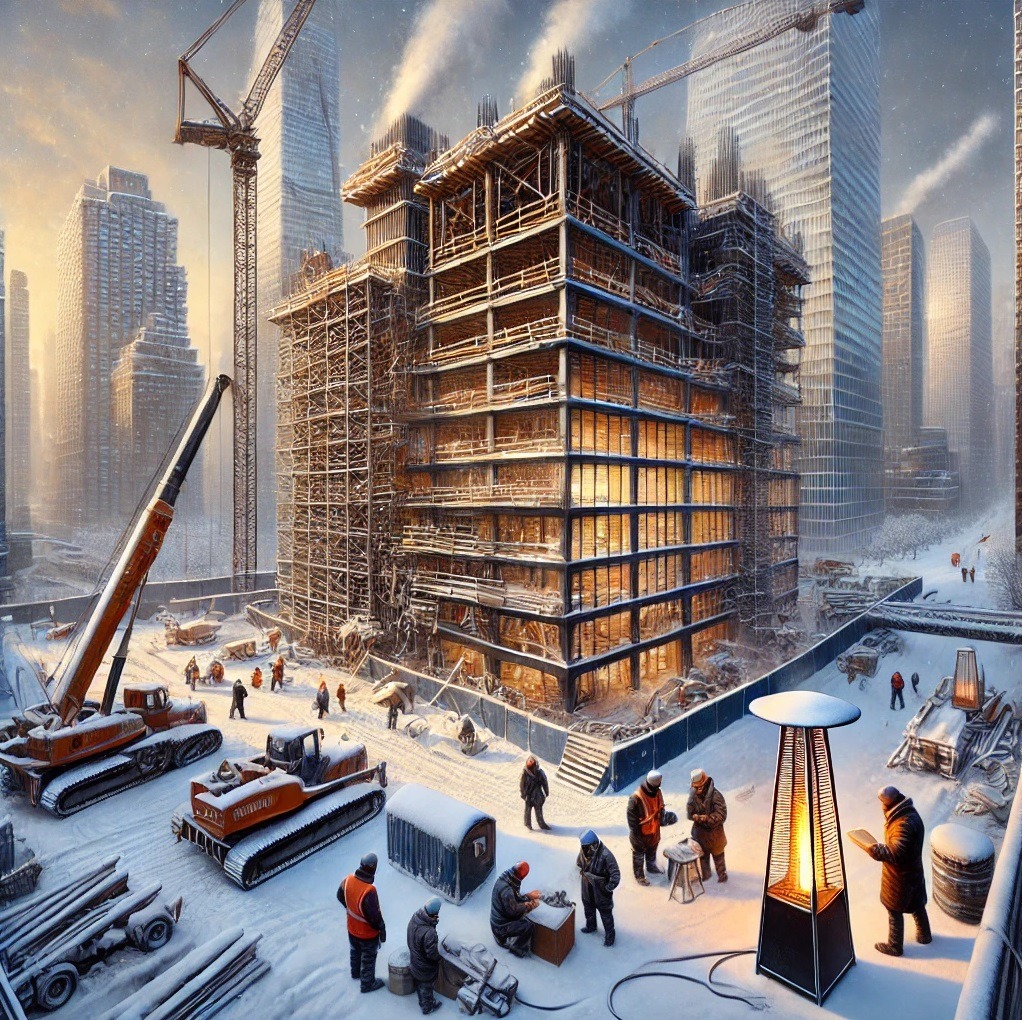The larger part of using the global standardization system to make the real assets of educational settlements safer, simpler, lower-cost and longer-lasting is to make every effort to use those spaces and occupancies effectively. Today we examine a few case studies and explore possibilites mapped in safety and sustainability catalogs of standards developers whose titles become the basis for government regulation. Use the login credentials at the upper right of our home page at the usual hour.
The topic is necessarily cross-cutting and technologically interdisciplinary so we draw from the syllabi of colloquia we previously covered.
Case Study: Center Grove Community School Corporation Security
Related:
Here are 10 current trends in the construction of K-12 education facilities in the United States, based on recent industry insights and developments. These trends reflect a focus on safety, sustainability, technology, and evolving educational needs, drawn from sources like architectural firms, construction reports, and educational design analyses.
-
Enhanced Security Systems
Schools are prioritizing advanced security measures, such as wearable panic devices for staff, access control systems, secure vestibules, surveillance technology, and remote hallway gate controls. Many districts are proactively upgrading security as standalone projects rather than waiting for renovations, aiming to create safer environments without highly visible fortifications. For example, Solomon-Solis Cohen Elementary in Philadelphia integrates park-like settings with security features to balance safety and community appeal. -
Flexible and Adaptable Learning Spaces
Traditional static classrooms are being replaced with modular, flexible spaces that support diverse teaching styles and learning needs. These include movable partitions, demountable walls, and multi-purpose areas like learning stairs, which serve as seating or presentation spaces. Schools like Warsaw High School use learning stairs as dynamic hubs for collaboration, allowing easy reconfiguration for group work, individual study, or CTE programs. -
Sustainability and Net-Zero Energy Design
Schools are adopting eco-friendly designs, such as energy-efficient HVAC systems, solar panels, and green materials, to achieve net-zero energy goals. The transition to electric vehicle (EV) bus fleets with charging infrastructure is also growing, as seen in districts incrementally upgrading transportation facilities. These designs educate students about sustainability while reducing operational costs. -
Improved Indoor Air Quality and HVAC Upgrades
With 38% of U.S. public schools built before 1970, upgrading HVAC systems is a priority to improve air quality and prevent health issues like mold. The American Society of Civil Engineers noted in 2021 that 41% of districts need HVAC updates in at least half their schools, costing billions. Post-COVID, schools are using federal relief funds to enhance ventilation, as seen in Clark County School District’s UL Verified Ventilation mark. -
Career and Technical Education (CTE) and STEAM Facilities
There’s a resurgence in CTE and STEAM (Science, Technology, Engineering, Arts, Mathematics) spaces, with schools building specialized labs for robotics, welding, automotive, and filmmaking. For instance, Merrillville Community School Corporation added a 57,000-square-foot CTE addition with state-of-the-art labs. These spaces prepare students for skilled trades and tech careers, reflecting a shift away from college-only pathways. -
Technology Integration and Wi-Fi Optimization
Schools are designing comprehensive Wi-Fi coverage using predictive modeling to eliminate dead zones, ensuring access for all users (students, staff, parents). Classrooms are equipped with IT infrastructure for digital learning, including VR/AR tools and BIM (Building Information Modeling) for design precision. Santa Ana High School’s transformation of a library into a digital media lab exemplifies this trend. -
Health and Wellness-Focused Design
Designs prioritize mental and physical well-being with natural lighting, ergonomic furniture, and outdoor learning spaces like gardens or courtyards. The “One Health” movement, cited by PBK Architects, emphasizes environments where students and buildings are holistically healthy. Twin Buttes High School in North Dakota incorporates food sovereignty programs with greenhouses and culinary labs to promote wellness. -
Community-Centric Facilities
Schools are being designed as community hubs, hosting events and serving as emergency shelters or voting places. Flexible designs allow spaces to be used by the community year-round, generating revenue. For example, Eddy & Debbie Peach Elementary School includes outdoor art and science labs that double as community spaces, fostering engagement and connection. -
Resilient and Durable Construction
New builds and renovations use resilient materials to withstand high-traffic use and extreme weather, adhering to updated building codes for fire resistance and accessibility. Designers assess existing structures for “good bones” to repurpose them cost-effectively, as seen in HED’s redesign of Santa Monica High School with adaptable, demountable walls. -
Collaborative Design with Stakeholder Input
Construction projects increasingly involve teachers, parents, and students in the planning process through public meetings and surveys to align facilities with community needs. Transparent communication, as emphasized by Bryan Construction, ensures designs reflect educational goals, such as sustainable curricula or flexible spaces, enhancing teacher and student satisfaction.





